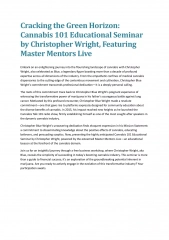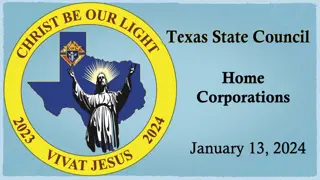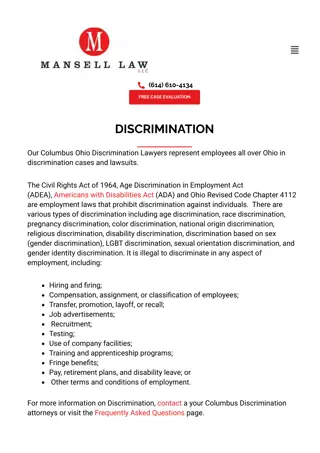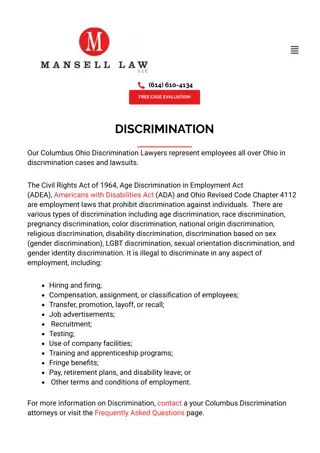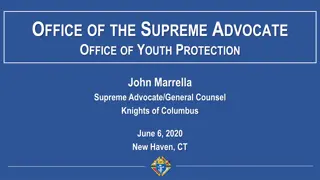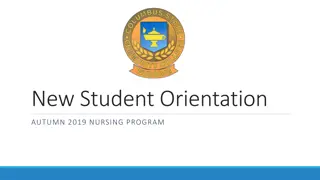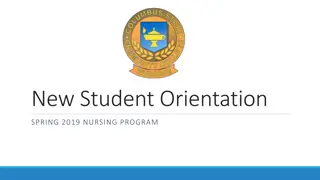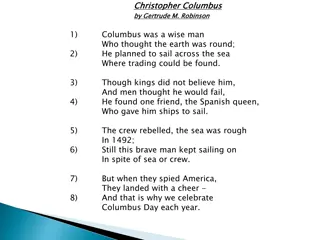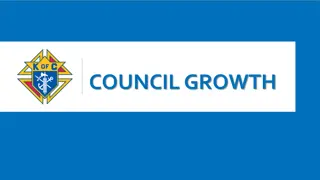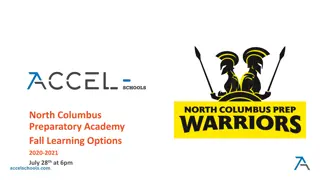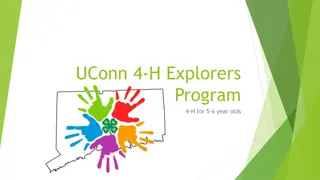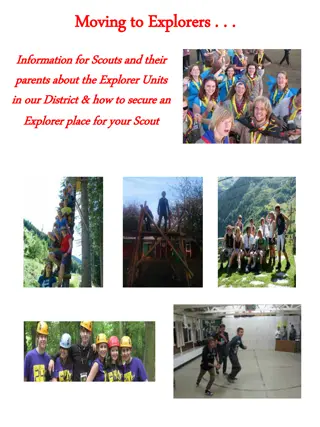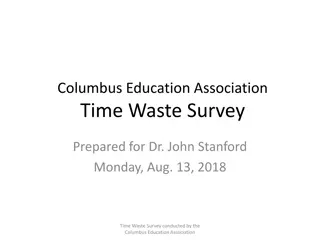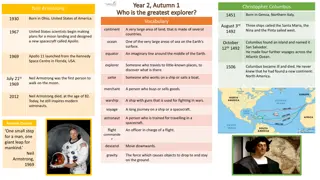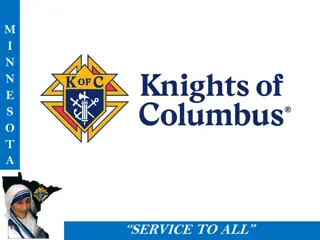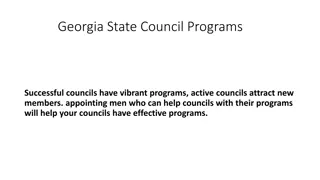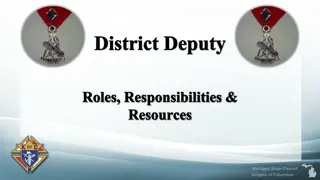Explorers of the New World: John Cabot and Christopher Columbus
John Cabot and Christopher Columbus were key figures in the Age of Exploration, paving the way for European nations to seek new trade routes to Asia. Cabot, born Giovanni Caboto in Venice, proposed a northerly route to reach the riches of the East, while Columbus famously discovered the Americas in 1492. The Treaty of Tordesillas divided the newly discovered lands between Spain and Portugal, marking a turning point in history.
Download Presentation

Please find below an Image/Link to download the presentation.
The content on the website is provided AS IS for your information and personal use only. It may not be sold, licensed, or shared on other websites without obtaining consent from the author. Download presentation by click this link. If you encounter any issues during the download, it is possible that the publisher has removed the file from their server.
E N D
Presentation Transcript
John Cabot: Early European Arrivals Mr. Rosse
Heritage Moment https://www.youtube.com/watch?v=rvf4yB6_QGM Why was John Cabot such an important historical figure?
European Exploration By the end of the 15th century, England and Spain were trying to break Portugal s monopoly on trade with Asia. No one knew that other continents lay to the west! Monopoly: completely control of the market for a certain good or service
Christopher Columbus With the support from the King of Portugal, Christopher Columbus began exploration in 1492. His goal was to explore an alternative route to Asia. On October 12, 1492 Columbus had discovered land.
He believed he had reached the coast of Japan, but had in fact discovered a new continent, the Americas. Columbus journey launched the competition among European nations. The European countries looked for open trade routes to Asia by going across the Atlantic
Treaty of Tordellias It was agreement between Spain and Portugal aimed at settling conflicts over lands newly discovered or explored by Christopher Columbus and other late 15th-century voyagers. It was signed on June 7, 1494.
Spain was given exclusive rights to all newly discovered and undiscovered lands in the region west of the line. Portuguese expeditions were to keep to the east of the line. Neither power was to occupy any territory already in the hands of a Christian ruler.
John Cabot Giovanni Caboto (which is his original name) was born in Venice, Italy. Italian Caboto first tried to convince the Spanish and Portuguese kings that he was the one to find a route to the Indies in search of spices, gold and other treasures by sailing west.
But instead of sailing straight west across the Atlantic Ocean or first sailing southwest to follow the coast of Africa, Caboto proposed using a northerly route which would be shorter due to the shape of the earth.
Sponsorship Caboto could not convince the kings of Spain or Portugal to finance his journey but instead found support from King Henry VII of England. Caboto changed his name to John Cabot to be more appealing for English support.
Sponsorship John Cabot sailed under a British flag . Even today, all ships must fly the flag of the country where the ship is registered while the ship is at sea. Since John Cabot s journey was financed by the King of England and he was exploring for England, he was sailing under a British flag.
Letter Patent free authority, faculty and power to sail to all parts, regions and coasts of the eastern, western and northern sea, under our banners, flags and ensigns, with five ships or vessels of whatsoever burden and quality they may be, and with so many and with such mariners and men as they may wish to take with them in the said ships, at their own proper costs and charges, to find, discover and investigate whatsoever islands, countries, regions or provinces of heathens and infidels, in whatsoever part of the world placed, which before this time were unknown to all Christians. Infidels: Non-believers, in this case, non-Christian Heathens: not-Christian
The Letter Patent were royal documents They set out terms and permission Gave John Cabot extreme power
The Matthew Cabot first set sail with a single ship called the Matthew. Cabot had nineteen crew members on the Matthew with him.
Cabot was searching and hoping to find Japan and China During his voyage, Cabot sailed against the prevailing winds (winds blow from the west in the northern hemisphere).
Cabot was able to pick up the Labrador Current, which flows down towards Newfoundland. His second voyage in 1497 brought him to the shores of what is today the coast of Canada in North America. Cabot felt sure he had discovered a very quick route to India and Asia.
Cabot and his crew went ashore and planted the banner of King Henry VII and claimed the land for England. However, Cabot was quickly disappointed. This land did not have the riches he had read about. Cabot claimed the New Found Land for England.
Grand Banks and Cod Despite the lack of resources on land, Cabot discovered the huge resource of cod fish in Grand Banks outside of Newfoundland. Enough fish to feed the entire kingdom
Cabot returned to England as a hero. King Henry VII paid a tremendous amount of money to Cabot. King Henry VII also commissioned a third Cabot voyage but during the third Cabot never returned to England.
http://www.teachertube.com/video/john-cabot-158264 What are the key concepts seen in this video?


